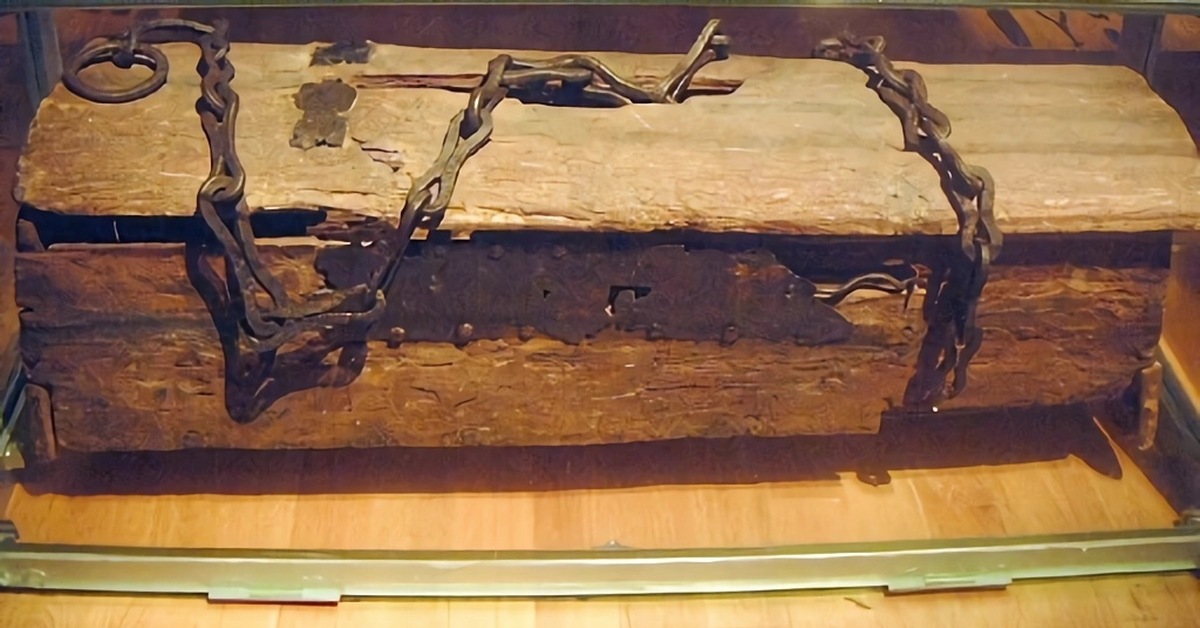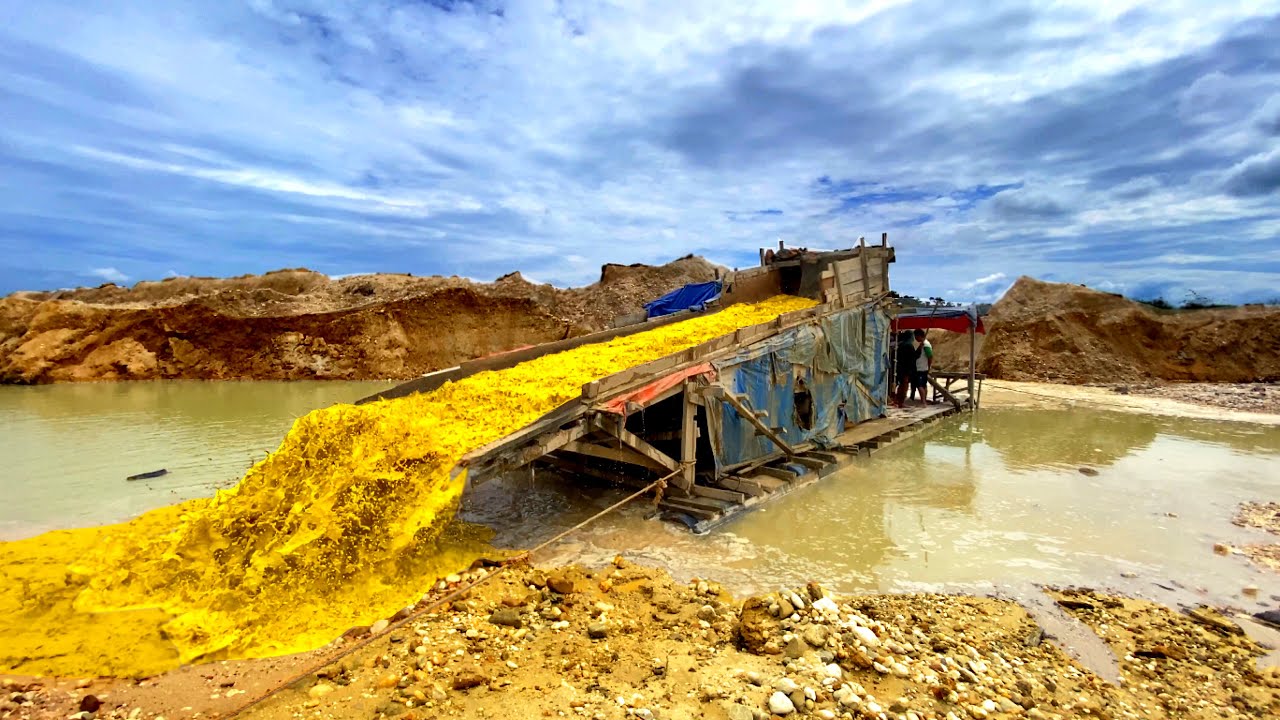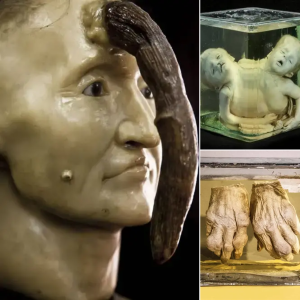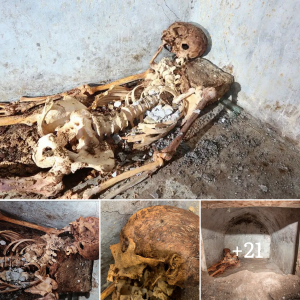An international team of researchers has pinpointed the first comprehensive age for the last known occurrence of the early hominin species Homo erectus.

This is an artist’s reconstruction of Homo erectus. Image credit: Yale University.
In the 1930s, a team of geologists and archaeologists from the Netherlands made a stunning discovery at Ngandong on the Solo River in central Java, Indonesia, when they unearthed 12 skulls and two leg bones of Homo erectus.
These fossils are the most advanced form of this hominin species, and represent an important evolutionary change.
Previous attempts to date the Ngandong fossils returned very young (53-27,000 years) as well as much older ages (143-500,000 years). Those studies had issues with the true provenance of the material, a lack of association between the fossils and material being dated, and the leaching of uranium from the fossils, all creating uncertainties.
“After many unconvincing attempts to date the site over the years we knew we needed to try a different approach,” said co-lead author Dr. Kira Westaway, a researcher in the Department of Earth and Environmental Sciences at Macquarie University.
“Previous studies fixated on the evidence itself, so instead we viewed the fossils as a piece of a much larger puzzle, and tried to understand how they fitted into the wider valley and region.”
Dr. Westaway and colleagues applied a regional approach to dating the Ngandong site and interpreted the evidence within the wider landscape of central Java.
The site is in a river deposit that represents a rung on a ladder of floodplain steps called terraces. The team took into account how the Solo River system was created, how the terraces were formed, and how the fossils were deposited.
The scientists applied a barrage of dating techniques to all three contexts: the stalagmites in caves, the river terrace sediments around the Homo erectus fossils, and to the associated mammal teeth found within the bone bed.

The result was 52 new ages, indicating that the river deposit and fossils were laid down between 117,000 and 108,000 years ago.
This age range enables the Ngandong site to be placed into a framework for human evolution in Southeast Asia.
Ngandong Homo erectus existed at around the same time as Homo floresiensis in Indonesia and the recently-discovered Homo luzonensis in the Philippines, both of which have some Homo erectus-like features.
At this age, Homo erectus could potentially have met other human species such as Denisovans.
“The new age estimates from Ngandong indicate that Homo erectus and Denisovans probably overlap in the region, or at least met at some time before 100,000 years ago,” Dr. Westaway said.
“This may mean some of the unique traits that have been recognized in the skulls of very late Homo erectus fossils at places like Ngandong may in fact be a result of a mixture of two archaic populations — Homo erectus and Denisovans.”
“This is the most rigorous dating attempt thus far for the last occurrence of Homo erectus,” said co-author Dr. Gert van den Bergh, from the University of Wollongong.
“Other studies have placed modern humans in China 120,000 years ago, so we are closer and closer to finding an overlap between Homo erectus and modern humans in Southeast Asia.”
The results were published in the journal Nature.





